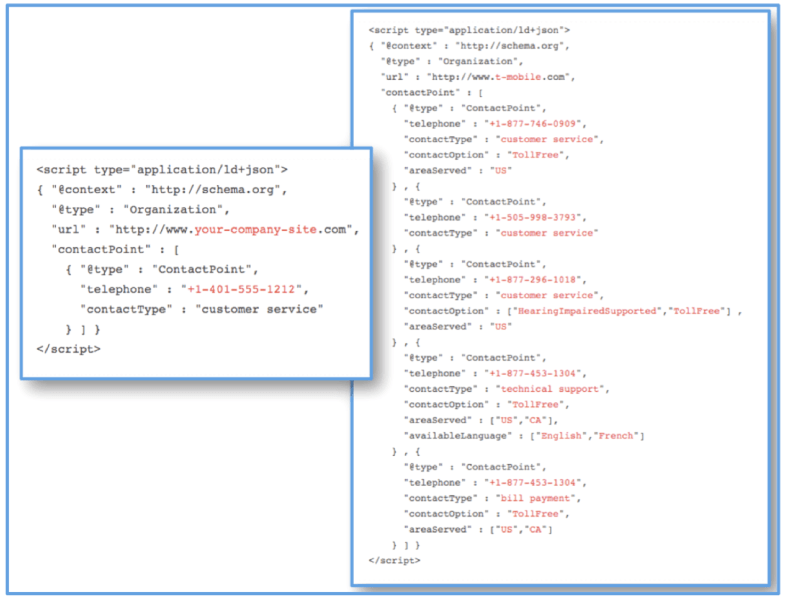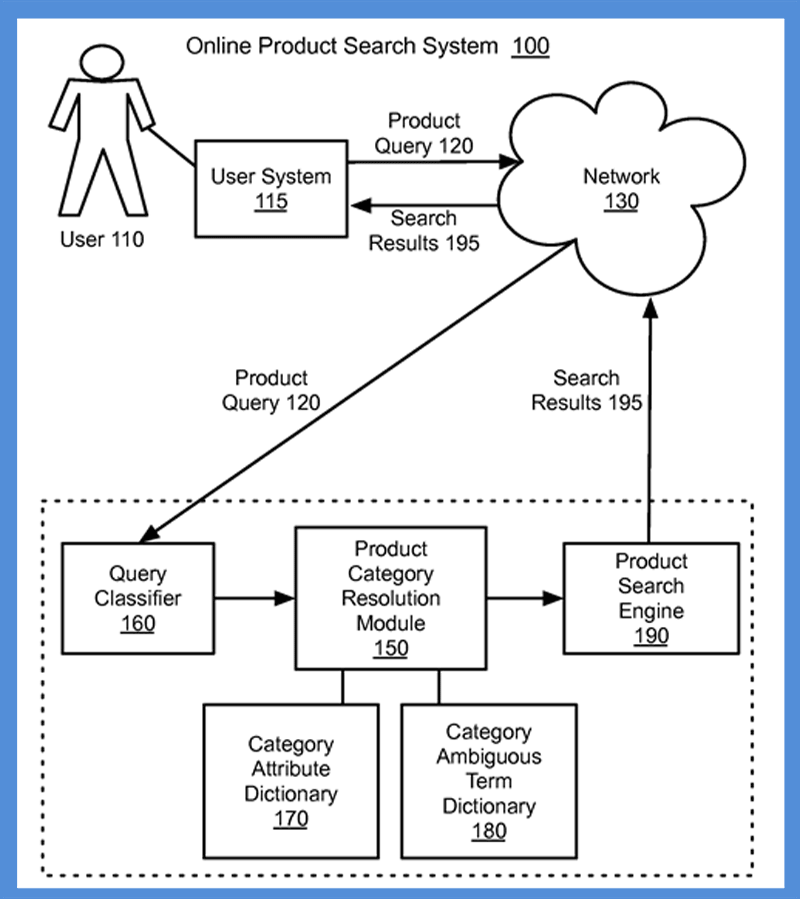Understanding Question/Query Answering In Search & How It Relates To Your Website
As Google delves further into semantic search, our focus must shift from targeting keywords to answering questions. Columnist Barbara Starr shows how you can use structured data to help search engines understand your content.

Search engines are evolving. Search is not only becoming faster, it’s becoming more predictive and conversational — more like a personal assistant.
In the old days, search engine results pages (SERPs) presented little more than a collection of 10 blue links — the results of a search over web documents. These listings typically consisted of the URL along with a “snippet” of text and perhaps some other information. Search engines became quite adept at determining and displaying relevant and readable snippets.
As search engines began to incorporate search over data into their algorithms, results pages evolved accordingly. SERPs now feature engaging displays that include knowledge panels, answers to questions, rich snippets and more. In some cases, these enhanced listings are even actionable — such as a phone number on Google, which you can click to call (via mobile or Google Hangouts).
With the shift from search-over-documents to search-over-data comes a new set of challenges for search marketers. How can we create interesting and relevant content that will both surface in SERPs and also elicit a desired action?
The solution lies in determining what kinds of questions your target audience is asking and how to supply the content for each type of question.
What Kind Of Questions Can Your Content Answer?
It is possible to address many question types (as I have mentioned in previous posts that discuss form-based, or parameterized, queries).
However, to illustrate the overarching concept of optimizing content to answer questions, this post will only delve into a few specific examples. (If there are any specific types of queries or questions you are interested in knowing about, feel free to request it as a topic for Search Engine Land in the comments below or contact me.)
Here, I will address queries that deal with contact information as well as product search queries as they relate to Google Shopping.
Query Types That Ask For A Phone Number
Google provides very clear instructions for using structured data markup to get your company’s phone number(s) included in search results.
In the examples below, you can see that Organization and ContactPoint are the two Schemas defined as a minimum requirement in order for this to occur.

Specifying corporate contacts with structured data markup
In the example on the above right, you can see how extended markup is used to specify different types of business numbers, such as “technical support,” “customer service,” “bill payment” and so on. There is also a means to deal with “accessibility” here, such as specifying a separate phone number (contact point) for hearing impaired users.
Once implemented, you can test your markup for this in Google’s corporate contacts markup tester tool here.
Presenting Contact Information Using Tables
Of course, there are other ways to provide Google with structured data about your contact information. For example, Google recently announced the introduction of “Structured Snippets,” in which relevant information is extracted from tables on a web page and displayed in search result snippets.
If you have multiple contact points, it may behoove you to place all of that information in a well-labeled web table. Below is an example of some search results that clearly leverage this implementation.

Structured Snippets Derived from Tables
Product Search Queries/Questions
For those in the retail space, it is worth examining the kinds of queries that Google may be leveraging for Google Shopping. This now falls largely under SEM rather than SEO, since Google now requires merchants to pay to be included in results, but it is important to understand how Google is determining relevance.
Although there are many form-based queries shoppers use that are pretty easy to distinguish as product searches — examples would be “black dresses under $X.00” and so on — we can take this a step further by looking at Google’s U.S. Patent application 20140143254, called “Category and Attribute Specifications for Product Search Queries,” which describes the queries a user may enter, and the way a search engine might determine the direct correlation between those queries (questions) and the corresponding product category.
In its application, Google uses the example of the query [50 mm ef lens]. Though the query doesn’t specify the product type, a method could be used to infer that the user wants camera lenses — and, in addition, that “the desired focal length is 50 mm and the desired mount type is Canon EF.”
By contrast, a query like [acuvue lens] also uses the ambiguous term “lens.” But, by pairing that with the other term — the brand name Acuvue — the search engine could determine that contact lenses were the appropriate category in that case.

Diagram from Patent Application. Boxes 160, 150, 170 and 180 are used to determine the appropriate category when a query is ambiguous.
Each product category (once mapped) would have its own SERP type with a GUI similar to a landing page. When Google is highly confident it has figured out what type of product a user is looking for, it offers options for narrowing the search in the left sidebar, similar to what you might see on an e-commerce site like Amazon.com. (However, it is provided by Google Shopping and not an e-commerce site on the web.)
This is illustrated in part in the diagram below. The diagram depicted on the left-hand side is derived from the Google patent. The image on the right-hand side is from the same query run live in Google Shopping as of November 2, 2014. The corresponding mappings are depicted in the diagram with the commonalities illustrated in point.

Mapping to diagram in Google Shopping Patent entitled “Category and Attribute Specifications for Product Search Queries””
Looking at the details of this, one can see that the “Answer” to the “Product Query” is, in fact, the category itself (the most granular and most specific that can be determined) and the “category page displayed” as the “Answer” to the query is the one portrayed above. That page is illustrated in the above example on the right-hand side.
To put it in SEO terms, the product category generates an interim page (landing page) that covers all future questions that could be asked about that product category, with the attribute selectors (faceted search) specified on the left-hand side for further drilldown.
This explains why Google wants the product category so well and accurately specified (to the most granular definition possible in terms of its product taxonomy hierarchy) in the product feed advertisers/merchants submit.
This would imply the “answer” to any product query is, in fact, stipulated in the product feed itself (assuming the product category field is correctly mapped when submitted by a merchant).
Here are some excerpts from Google’s Merchant Support pages that shed light on how it looks upon the matter:
- Use The Full “Breadcrumb” Information. Wherever possible, we recommend you include more granular categories as it provides us with more precise classification signals. For example, Books > Non-Fiction > Sports > Baseball is better than Baseball. You must use “>” as a separator, including a space before and after the symbol. If you submit multiple values separated by a comma, only the first value will be used as the ‘product type’ for your Shopping campaigns.
- Use The Most Specific Category Possible. Being specific will help improve your data quality and, in turn, ensures that offers are presented in the right category. When viewing the taxonomy, try to navigate to the most specific category that still covers all the products being submitted. For instance, if you are submitting MP3 player chargers use the category MP3 Player Chargers. Conversely, if you are submitting multiple types of chargers use the category Chargers.
It is worth noting that Google updates its category taxonomy every three months. Though it still supports categories published in past taxonomies back to August 2011, it stands to reason that abiding more closely to the current taxonomy would be beneficial.
Takeaways/Other Question Types
There are many other types of queries that can be asked of Google that typically take specific formats, both in terms of the query templates and the results presentation templates.
A few means of supplying structured data to Google are as follows:
- Structured markup on your web pages using schema.org
- Structured information in the form of tables (ideally with some semantic alignment to schema.org)
- Information in the Linking Open Data cloud tends to be fertile ground for seeding knowledge graphs. Try to provide strong and consistent signals by placing relevant, high-precision information in locales such as Freebase, Wikidata and other such places.
- Leverage items such as APIs, data feeds, Atom feeds and other similar formats to ensure timely updates of your information and to ensure consistency of the signals you send across all sources that search engines may reference (or cross reference or corroborate) .
- Leverage all forms and mechanisms that may entail structured information representation, such as inherent structure in the HTML DOM or more specific structure in HTML5.
Bear in mind, all of these mechanisms need to send consistent signals to the search engines in terms of both the type and quality of content you are providing.
With the shift from search-over-documents to search-over-data, when search engines provide an answer to a question or some equivalent function, they need to be able to assert their answer to a question with high confidence by leveraging high precision data internally. Ensure you can provide consistent high-precision data in as many ways as are appropriate.
Contributing authors are invited to create content for Search Engine Land and are chosen for their expertise and contribution to the search community. Our contributors work under the oversight of the editorial staff and contributions are checked for quality and relevance to our readers. The opinions they express are their own.
Related stories
New on Search Engine Land